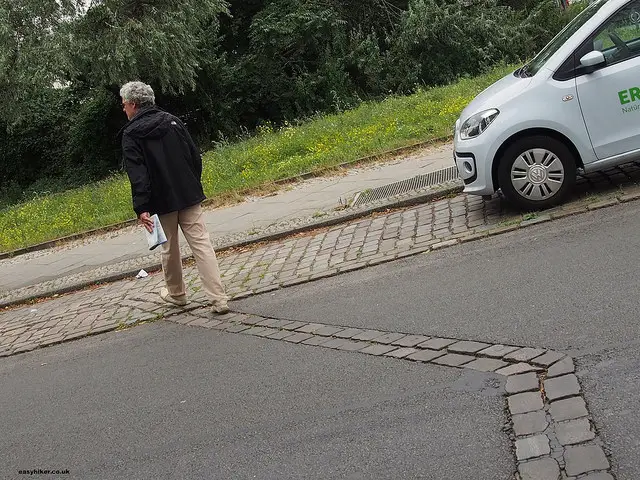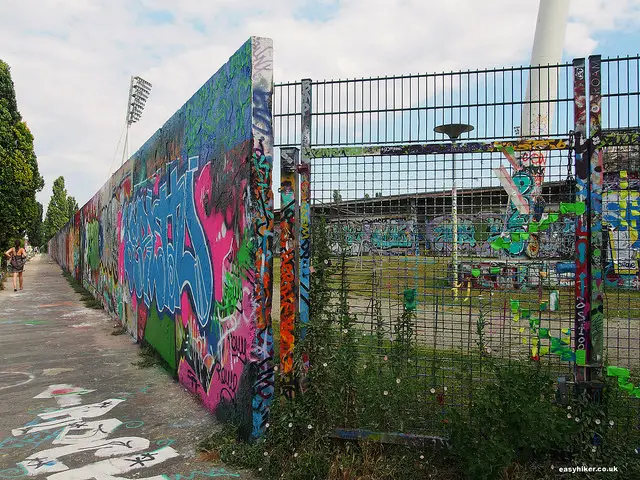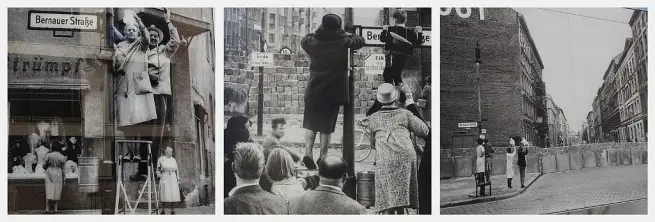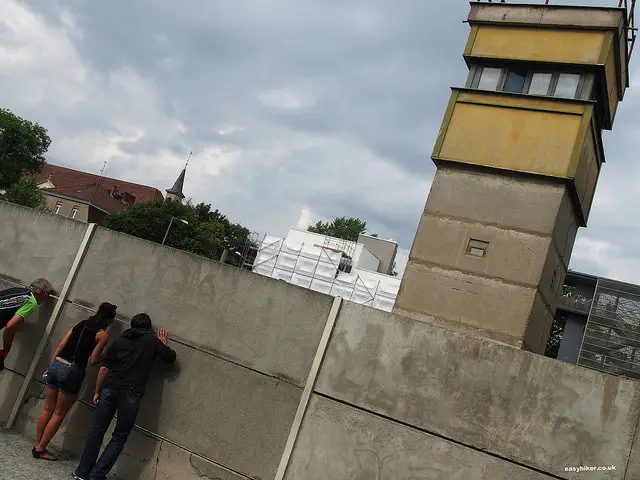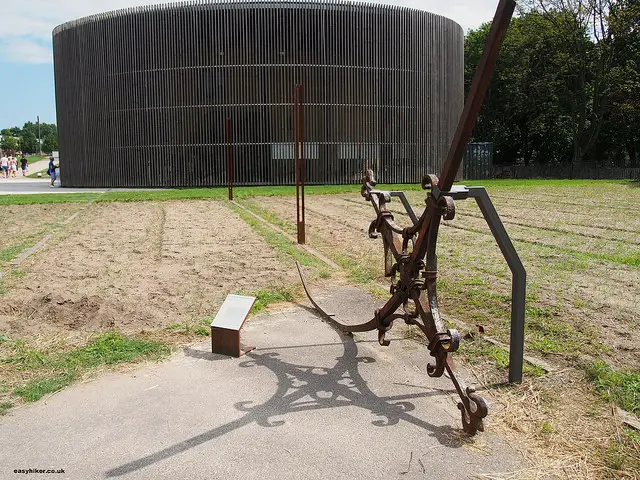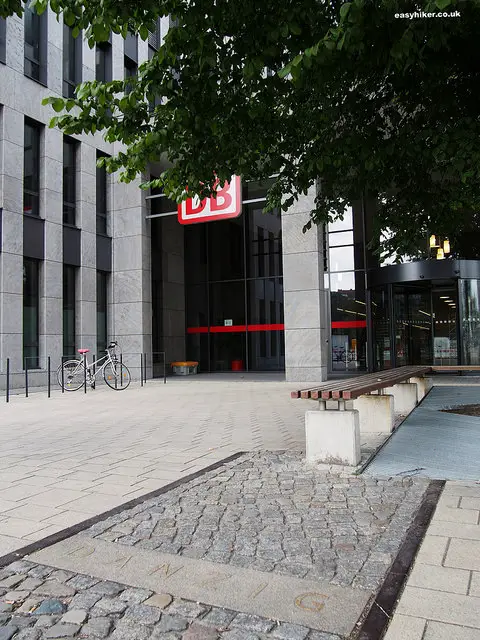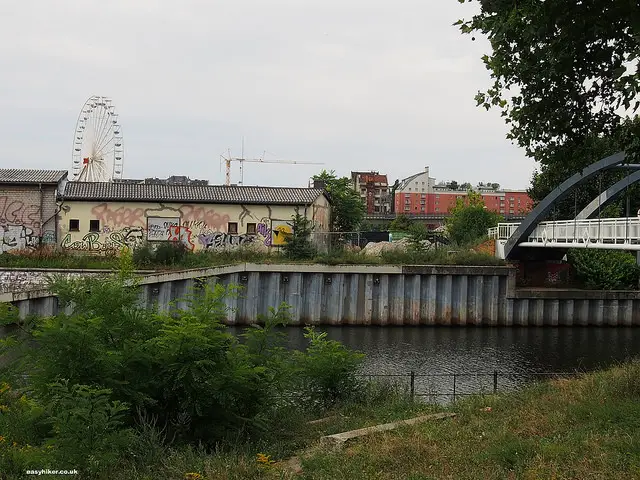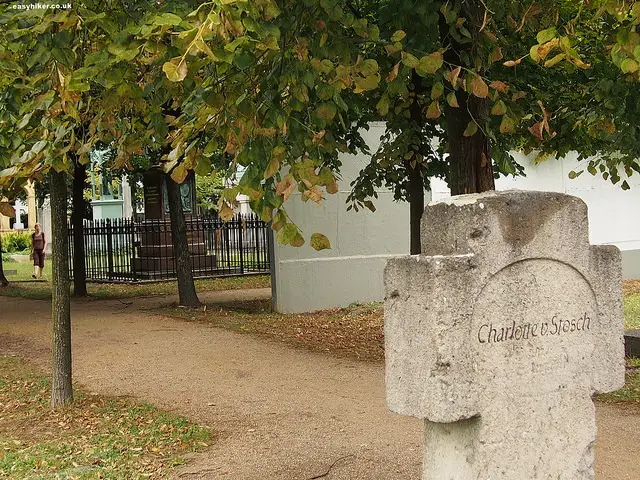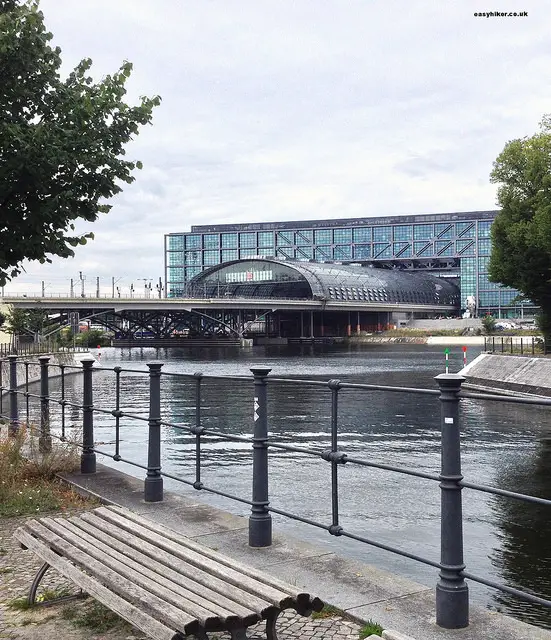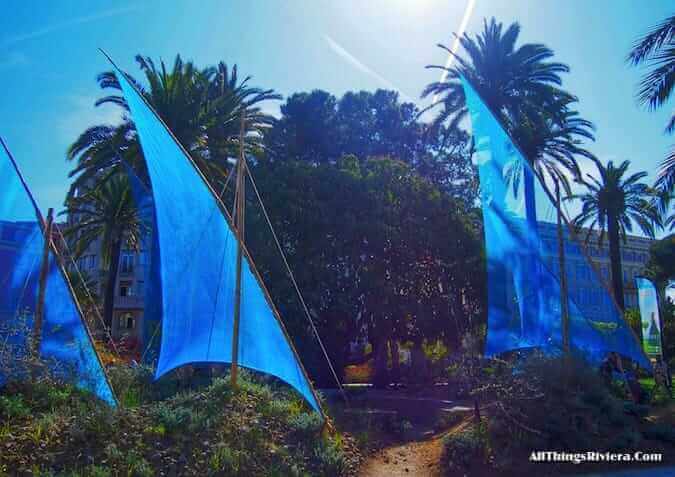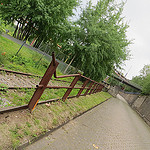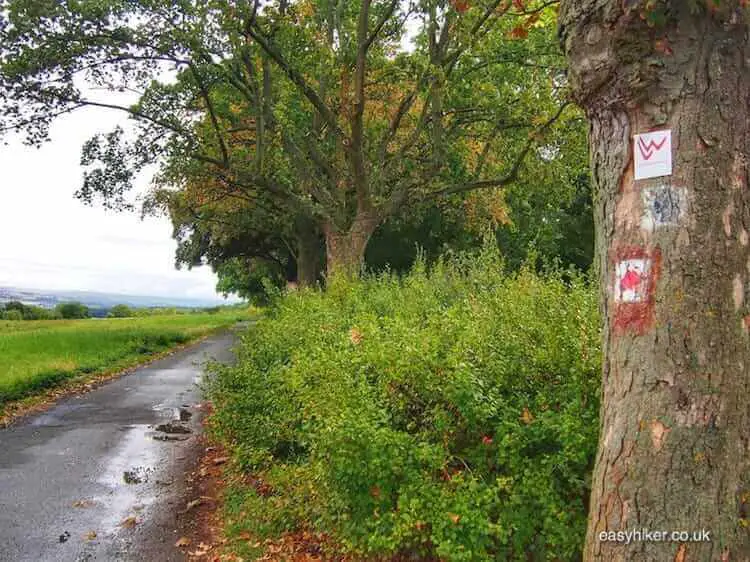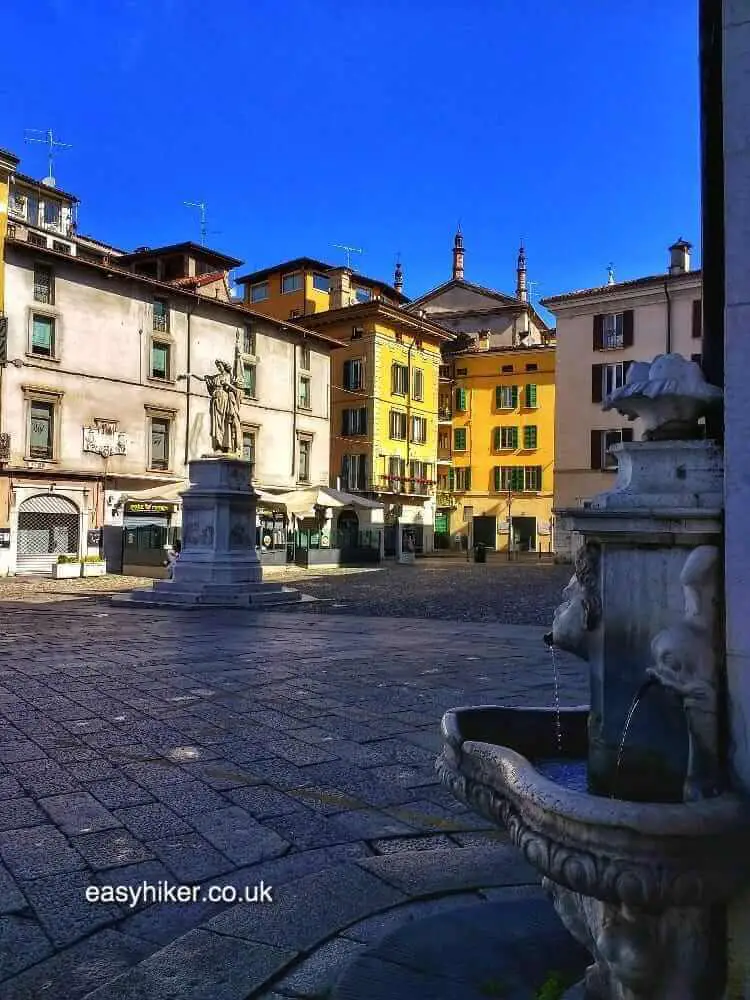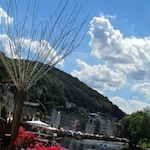Hitler, Stalin, Kaiser Bill: see them all on a walk along the Berlin Wall Trail
Some of the world’s greatest cities are defined by a single building: Paris, for example, by the sleek elegance of the Eiffel Tower, Sydney by the brashness and sheer daring of its Opera House.
And then there is Berlin, a city whose most famous structure no longer exists but continues to nevertheless haunt the city, occasionally to materialize in brutal fragments …
… or as an artfully conceived monument seemingly at will and without warning.
Mainly, however, the Berlin Wall has been erased from the face of the city, and all that remains is a double line of cobblestones that zigzags – apparently at random – through city squares, public gardens and streets.
A structure that, by and large, has physically disappeared and must be conjured up from memory would be a strange landmark for nearly every other city in the world.
But for Berlin, this feels uncannily appropriate: the Wall, after all, is just one more ghost among many in this most haunted of all cities.
The Wall may have largely disappeared in the wake of German re-unification, but you can still see the scar it has left behind. Since the end of the Cold War, the route of the Wall – which once entirely surrounded West Berlin over a total distance of 160 km – has been turned into a hiking trail. This trail runs mainly through the countryside around Berlin, but for 15 km or so, it passes through the heart of Germany’s capital.
This inner-city section of the trail is the one with all the historical interest, and therefore the one on which we will be concentrating in our next two posts.
A Walk along the Berlin Wall Trail
We start the walk at the city rail (“S-Bahn”) station at Eberswalder Straße. Turn right out of the main exit and cross the road into Eberswalder Straße, continuing past the stadium on your right hand side before turning into the Bernauer Mauerpark where you can catch a first glimpse of the Wall and familiarize yourself with its architecture.
The section of the Wall that has been preserved here is a reminder that the world-famous “Berlin Wall” was much more than the single line of brickwork which was put up in a single night (on 13 August 1961) by communist East Germany.
This was never more than a preliminary structure, more a statement of intent (to stem the flood of migration from East to West, whatever it took), which was later extended on the eastern side into a complex arrangement of inner and outer walls with electric fences, spotlights and trip-wires that triggered automatic gun fire.
This eastern “death strip” was in places up to 150 m wide, while in the West, houses and – as here – public gardens were allowed to stretch all the way to the Wall. And it was only on the Western side, of course, where anybody would have been able to come close enough to the Wall to decorate it with graffiti.
Return to the entrance of the Mauerpark and turn right into Bernauer Straße, always looking out – on the left hand side of the street – for the double row of cobblestones that marks the course of the Wall.
East Berlin would have been on your left hand side, West Berlin on your right, and you can still see how close the Wall would have run in front of the houses, closer than almost anywhere else in Berlin. It was actually here on Bernauer Straße where some of the great dramas of the early days in the Berlin Wall’s history took place, with people jumping out of East German houses into the street below which was already located in the West.
Soon, however, all the houses near the border in East Germany were forcefully evacuated and torn down – also to make it impossible for people to dig tunnels for their escape to the West (this, too, had happened, but only in the early years of the Wall).
In a delicious historical irony, this was also one of the first sections of the Wall to come down during Germany’s “Glorious Revolution” on the night of 10 November 1989.
The stretch between the Bernauer Straße subway station and the Nordbahnhof main line station, just under a mile long, has been dedicated to the Gedenkstätte Berliner Mauer, a huge Wall Memorial with exhibits, memorials, authentic pieces of East German military hardware and an old border guard watchtower.
It is also here where you can find the rebuilt Reconciliation Chapel: its predecessor had stood right at the Wall on the eastern side and found itself isolated, entirely surrounded by no man’s land, when the area was gradually evacuated in the mid 1960s.
The building remained there as a disturbingly painful memento until the East German government finally grew tired of the church’s reproachful symbolism and blew it up in 1985. The cast-iron cross on top of the tower was blown off by the explosion and, bent from its force, salvaged by East German Christians who then kept it hidden for years – until it could once more find its place on the site.
The Nordbahnhof across the street, now merely a station for Berlin’s city rail system, was once one of the city’s mainline terminals. Only “ghost rails” now point in the direction of the towns that could once be reached from here: Szczecin, Koenigsberg, Gdansk (or “Danzig” in German) …
… now all located in Russia or in Poland – appropriate for a terminal that was a “Ghost Station” for more than 20 years.
In East Germany, the Nordbahnhof was off-limits to ordinary citizens, and the only people allowed in were heavily armed border guards who made sure that nobody tried to jump on the western subway trains which passed through here – without stopping – on their way from one West Berlin station to the other. (A permanent exhibit in the Nordbahnhof is dedicated to the strange phenomenon of Berlins’s Ghost Stations.)
Follow the Wall down Gartenstraße and (after a left turn) Liesenstraße across Chauseestraße to the Spandauer Schiffahrtskanal. This Berlin waterway, which feels almost bucolic (in a post-industrial sort of way) …
… provided the backdrop for some of the most dramatic escape bids in the history of the Wall. It was here where Günter Litfin became the first east German citizen who was shot trying to escape to the West, a few days after the Wall was built. He was killed trying to swim across the Canal. The old border guard watchtower has since been converted into a memorial for this event.
A little further, where the Wall cuts right through a cemetery …
… another incident in May 1962 led to the first – and only – shootout between East German border guards and West German police officers.
The guards had opened fire on a 15-year old boy who was trying to swim through the Canal, when the German policemen fired back – either to protect the boy who had obviously been hit several times or in self-defence after they themselves had come under attack, having tried to pull the boy ashore: this was never fully cleared up. What is certain, however, is that one of the East German border guards was hit and died (while the young fugitive survived). The West German press called the border guards “child killers”, while East German papers talked about a “fascist attack”.
Ultimately, there was no appetite on either side for a major armed conflagration over this sort of thing. Berlin’s rivers and canals were always hotspots for trouble, because there was a lot of uncertainty on both sides where exactly the course of the border was, in the middle of the waterway or on the bank. This was the last time that West German forces lifted a gun in defence of an East German fugitive.
After you have crossed Invalidenstraße, Berlin Central Station comes into sight.
We will continue our walk on the Wall Trail from here next time and, for now, suggest a visit of the near-by Government quarter, with the historical Parliament building – built for the Kaiser in 1894 and now topped by Norman Foster’s glass dome – as its centrepiece.



